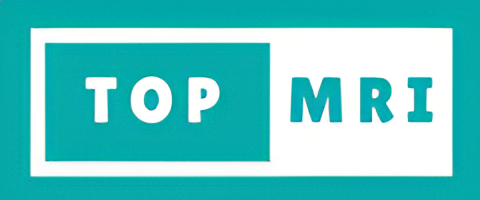
Bone Fracture and its type
Bone Fracture and its type
A bone fracture occurs when you break your bone. It may be split or broken into many pieces. The shape of the bone may change as the break may happen straight across a bone or along its length. It may occur in any part of the body.

Types of bone fracture –
Closed or open fractures:
If the skin breaks open, it is known as an open or compound fracture and if the injury doesn’t break open, it is known as a closed fracture.
Complete fractures:
This happens when the bone is broken completely into two pieces.
Displaced fractures:
In this case, a gap is created at the place of bone breakage and surgery might be required to fix it.
Partial fractures:
This is a condition when the break is not through the bone.
Stress fractures:
In this case, the bone gets a crack and it becomes difficult to find it even with imaging methods.
Avulsion fracture:
A tendon or the ligament pulls a part of the bone leading to a fracture.
Comminuted fracture:
The bone gets broken into several pieces.
Compression fracture:
This happens in the spongy bone in the spine and the bone gets crushed or flattened. It is also known as crush fracture.
Impacted fracture:
It is a condition in which a part of the fractured bone may affect the other bones.
Oblique fracture:
In this type of fracture, the bone breaks diagonally across the bone.
Spiral fracture:
In the case of spiral fracture, at least one part of the bone twists around the break.
Transverse fracture:
The break in the bone is straight across the bone.
Fracture dislocation:
In this, one of the bones of the joint gets fractures and a joint dislocates.
Greenstick fracture:
The bone does not break completely but partly fractures on one side because the rest of the bone can bend.
Hairline fracture:
This is quite common in which there is a thin, partial fracture of the bone.
Intra-articular fracture:
This happens when a fracture extends into the surface of a joint.
Longitudinal fracture:
This happens when a fracture extends along the length of the bone.
Pathological fracture:
This happens when due to an underlying condition the bone gets weak and a fracture occurs.
Conclusion
There are various types of bone fractures and treatment of each varies on the condition. MRI, CT scan, X-ray, etc. are performed to know the exact condition of the break.